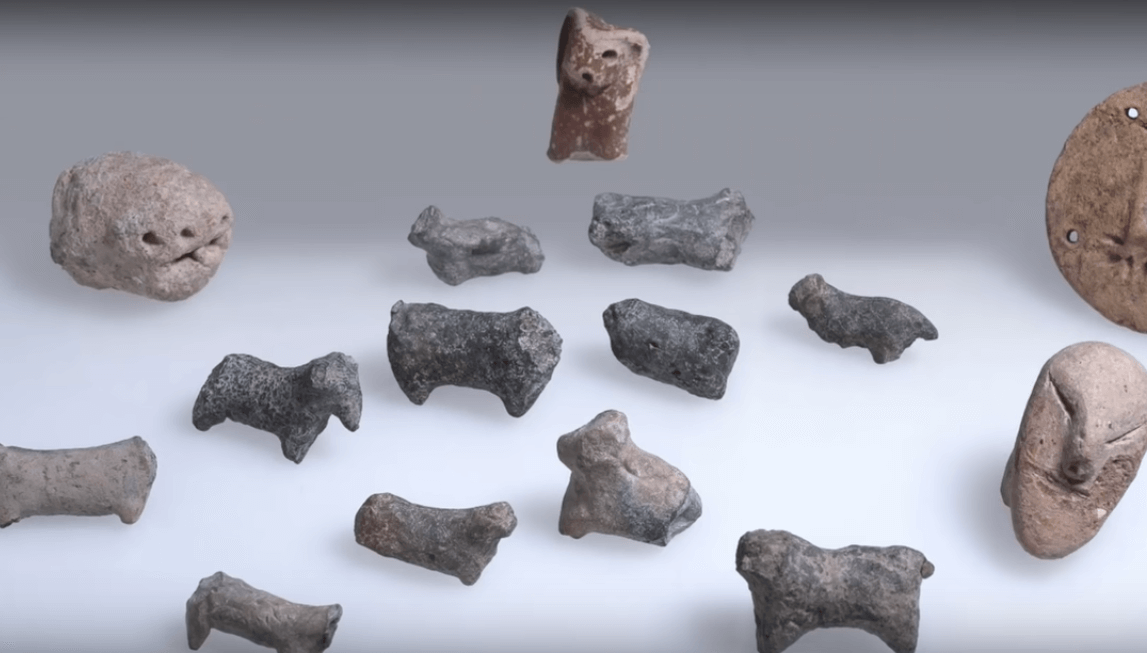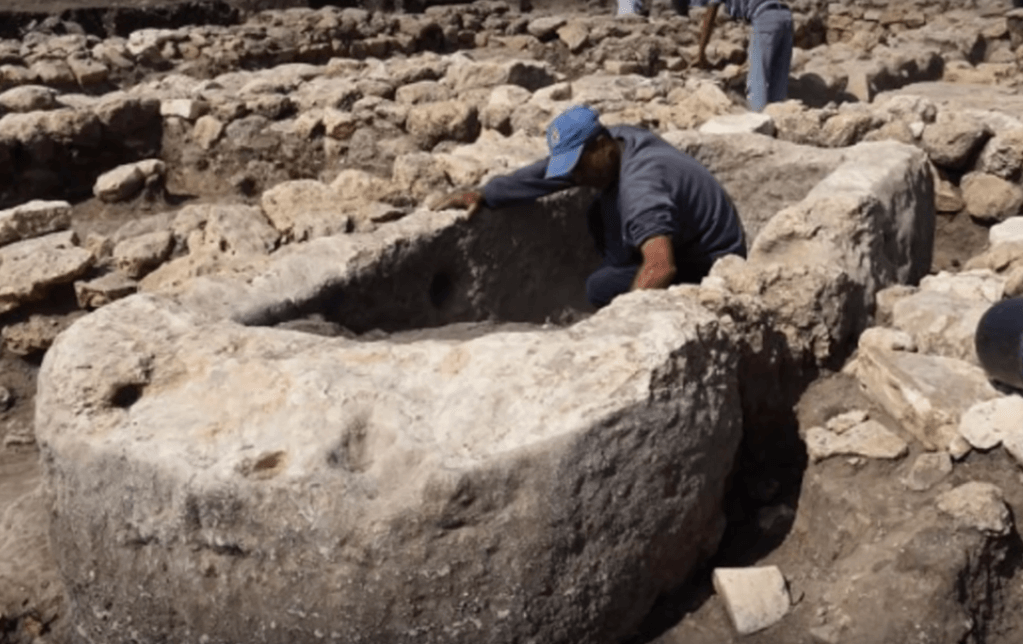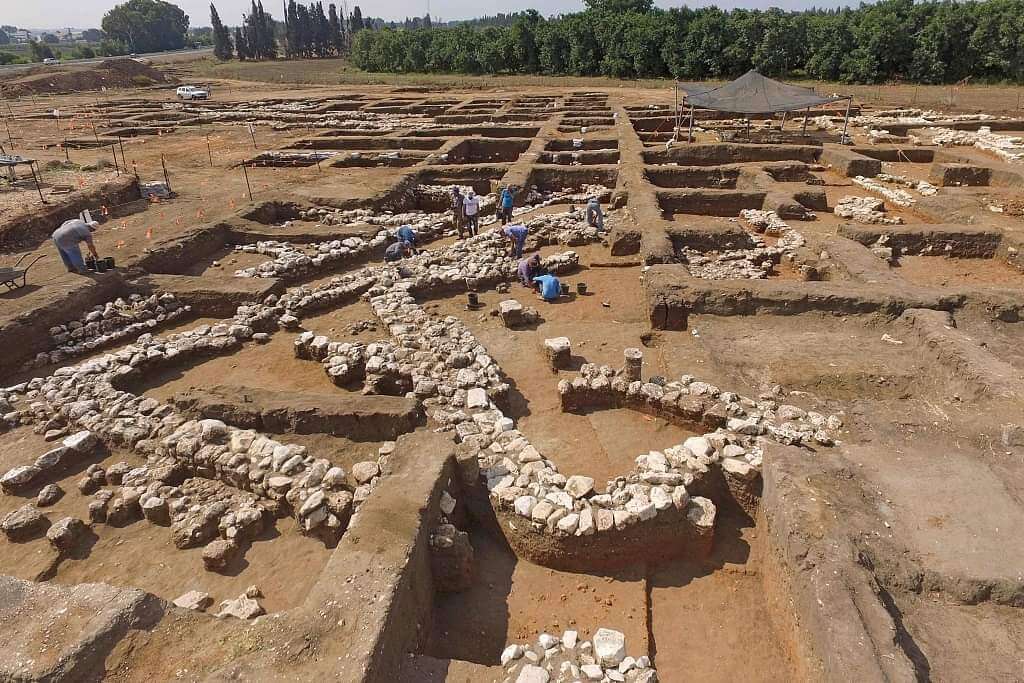
Archaeologists found "New York antiquity" in Israel
 18. 11. 2019
18. 11. 2019

At this time, Israeli archaeologists are picking up an ancient city from the Bronze Age from clay and sand. The town was by chance found by road workers. In addition, there is one more town below the city, even older than the first.
7000 years ago (between 5000 and 4000 BC), settlements began to develop near Tel Esur Hill in Israel. This settlement could accommodate up to 6000 people and, with its organized road network and public buildings, would be respectable even to our modern conditions. Archaeologists involved in the excavation have said that the city is "New York's Bronze Age, a cosmopolitan and well-designed city with many thousands of inhabitants."
Tel Esur
Haaretz magazine states: “In a rubble survey, archaeologists estimated the present city to be the peak of the early Bronze Age, while it was heard that the city could have up to 6000 inhabitants and would overshadow cities such as Jericho or Meggido, the most brilliant examples of early southern urbanization. Levanty (Sinai pol.). ”Archaeologists are used to finding smaller settlements, which are, of course, less difficult to pick up and explore. However, the settlement of Tel Esur occupies an area of 160 acres, of which the team of experts has so far managed to pick up only 10%. “The place is 2 or 3 times larger than the largest monuments we have found of the settlement at that time. They can't compare to this giant, "Yitzhak Paz, an archaeologist, led CNN.
What's more, the highlight indicates that these are two cities built on top of each other. The older one could be an invaluable source of information about the period between the late Eneolithic (Copper Age) and the early Bronze Age. "The scope of the retrieval work allows us to determine the characteristics of this phase of the Eneolithic," says archaeologist Dina Shalem. "We could call it the culture of Tel Esur. The differences between the late Eneolithic and the early Bronze Age are striking both in architecture and, for example, in ceramics, but we have a gap between these periods that has not yet been explored. "
This gap could be filled with a newly found settlement, which could have formed earlier than expected before the finding. "For the first time, a city was found with every conceivable proof of organization: with fortifications, residential planning, a system of streets, public spaces, etc.," says Paz. "The dawn of urbanization is a topic that we are forced to constantly re-evaluate. We estimated its origins to be around 4000 BC, but we may not go far enough into the past. ”
The early settlement of Israel
Something like this had never really been found in Israel, and since the area around Tel Esur Hill remained densely populated for a long time, those who planned the city knew very well what they were doing. "The city was densely populated and well designed, there was a silo for storing food and a network of streets and alleys covered with stones to minimize the risk of floods during the rainy season. Archaeologists have also uncovered public buildings, including a two-meter-thick fortification with evenly spaced towers and a cemetery behind the city composed of many burial caves. "The city has everything, funerary caves, streets, houses, fortifications, public buildings," says archaeologist Itai Elad. This is an insight into ancient life, but also a reason to rewrite Israeli history textbooks. "There is no doubt that this monument will radically change our view of the early settlement of Israel," agree Shalem and Paz.
The city itself did not grow overnight. On the contrary, it has grown halfway between Tel Aviv and Haifa to its full size of 1000 years. "At the end of the 4th millennium BC, the settlement became a city," says Paz, adding that Tel Esur was perhaps 10 times more powerful than the legendary biblical city of Jericho. Another city just highlighted is located near the town of Motza. This Neolithic city brought together over 3000 people. Tel Esur is twice as large as this city. "Such a city simply could not have developed without a governing hand in the form of some administrative mechanism. This is proved, among other things, by Egyptian tools found on the site or imitations of seals. It is a huge city, even a megalopolis compared to previously found cities, which brought together people who subsisted on agriculture, traded with the surrounding regions or even with other cultures and kingdoms. These findings allow us to define the cultural characteristics of the inhabitants of this area in ancient times. "
Náboženství
There is, for example, a plethora of evidence of religious practices that stand on the figurines found on the site and on the decorations of the facades of some buildings. “The 25-meter-long building was supported by wooden columns placed on stone foundations. Evidence of religious practices has been found inside it, such as figurines in the shape of people or a cylinder-shaped seal depicting a cultural scene. Two massive stone altars were found around the building, one of which contained animal bones, which supported the theory that the place was used for religious ceremonies. There were no similar stones to be found in the area, which would mean that both of these stones, weighing around 10 and 15 tons, were transported here after being cut off from a place several kilometers away, which points to the importance of this building and the efforts made to build the whole cities."
The largest and best stones were often used to build the most important buildings, especially religious structures, such as churches. Tel Esur did not appear to be an exception. Paz has a few theories about leaving the city, but he doesn't want to be sure about anything yet. "There was research on this very topic, which examined possible natural reasons, such as the increase in humidity associated with the increase in flooding of this coastal plain," he says. "There is a possibility that the whole area was flooded and mudslides formed, which made life in these places unbearable. There is still much to explore. ”This is one of the most important archaeological finds in Israel, which sheds more light on historians' two great periods of history and the period between them, as well as a look at early urbanization and urban life in antiquity. Unfortunately, much of the monument will be lost forever when road workers return to work and lay the rest of the new highway over it.
Tip for a book from the Sueneé Universe
Chris H. Hardy: DNA of Gods
Chris Hardy, a researcher developing Zecharia Sitchin's revolutionary work, proves that the "gods" of ancient myths, visitors to the planet Nibiru, created us using their own "divine" DNA, which they first obtained from their rib bone marrow, so that later in this work they continued love acts with the first human women.

DNA of BOH





 1
1



